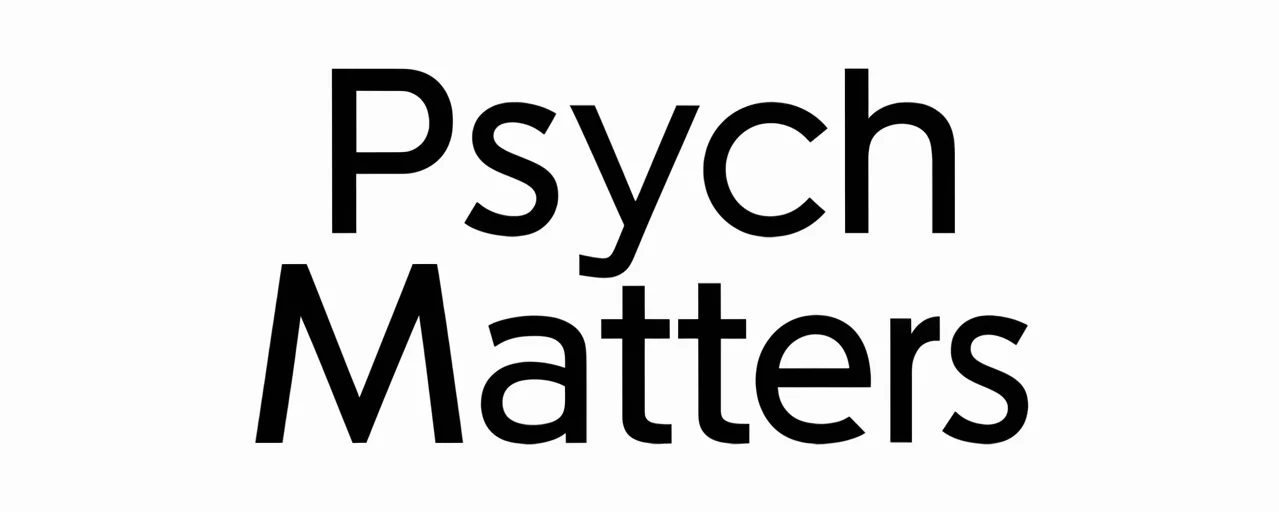5 Science-Backed Psychology Hacks to Transform Your Daily Life
Imagine effortlessly remembering important information, making better decisions, and building stronger relationships. Sounds too good to be true? Welcome to the practical world of psychology! According to a study published in the Journal of Positive Psychology, people who apply psychological principles in their daily lives report higher levels of well-being and life satisfaction.
Why Psychology Matters in Everyday Life
Psychology isn’t just for therapists and researchers – it’s a powerful tool that can help us navigate the complexities of daily life. By understanding how our minds work, we can optimize our behaviors, improve our relationships, and enhance our overall quality of life. Let’s explore five science-backed psychological techniques that you can start using today.
1. Boost Your Productivity: The Pomodoro Technique
How it works:
- Choose a task
- Set a timer for 25 minutes
- Work on the task until the timer rings
- Take a short 5-minute break
- Repeat the cycle
- After four “pomodoros,” take a longer 15-30 minute break
Scientific explanation:
Research shows that our brains naturally operate in ultradian rhythms, cycles of high-frequency brain activity (about 90 minutes) followed by lower frequency brain activity. The Pomodoro Technique aligns with these natural cycles, explaining its effectiveness.
Real-life example:
Sarah, a marketing manager, struggled with constant distractions. After implementing the Pomodoro Technique, she increased her productivity by 30% and reported feeling less stressed.
Potential challenges and solutions:
Some find 25 minutes too short or too long. Don’t hesitate to adjust the time to suit your needs – the key is maintaining a balance between focused work and regular breaks.
2. Enhance Your Memory: The Method of Loci
How to use it:
- Visualize a familiar place (like your home)
- Create vivid, unusual images of the items you want to remember
- Place these images at specific locations in your imagined space
- To recall, mentally walk through your “palace” and retrieve the items
Scientific backing:
A study published in the New England Journal of Medicine found that after six weeks of training in mnemonic techniques like the Method of Loci, individuals could remember over 90% of newly learned information, compared to 36% for untrained individuals.
Case study:
John, a medical student, used the Method of Loci to memorize complex anatomical terms. He visualized each term as a bizarre object placed in different rooms of his childhood home. His exam scores improved significantly, and he retained the information long-term.
Tips for maximizing effectiveness:
- Use all your senses when creating mental images
- Make the images as vivid and unusual as possible
- Practice regularly to strengthen your mental “palace”
3. Make Better Decisions: The HALT Method
Explanation of HALT:
Before making important decisions, check if you’re:
- Hungry
- Angry
- Lonely
- Tired
Psychological principles behind it:
HALT is based on the concept of emotional regulation. When we’re in these states, our prefrontal cortex (responsible for decision-making) is less active, leading to potentially poor choices.
Example scenario:
Alex was about to send an angry email to a coworker but realized he was both hungry and tired. After eating and taking a short nap, he approached the situation more calmly and resolved the issue constructively.
How to implement it effectively:
- Set reminders to check your HALT status regularly
- Create a plan for addressing each state (e.g., keep healthy snacks nearby, have a list of calming activities)
- Practice self-awareness to recognize these states more easily
4. Build Lasting Habits: Implementation Intentions
The formula and how it works:
“When situation X arises, I will perform response Y.”
For example: “When I finish dinner, I will immediately wash the dishes.”
Research supporting this technique:
A meta-analysis published in the Personality and Social Psychology Bulletin found that implementation intentions significantly increased the likelihood of goal achievement across various domains.
Real-life success story:
Michael wanted to start exercising regularly. He created an implementation intention: “When my alarm goes off at 6 AM, I will put on my running shoes and go for a jog.” After three months, he was consistently running 5 days a week.
Common pitfalls and how to avoid them:
- Being too vague: Be specific about the situation and response
- Choosing unrealistic actions: Start small and gradually increase difficulty
- Forgetting to adjust: Regularly review and modify your intentions as needed
5. Strengthen Relationships: Active Listening
Key components:
- Give your full attention
- Show you’re listening through body language and verbal cues
- Provide feedback by paraphrasing
- Defer judgment
- Respond appropriately with questions or comments
Psychological benefits:
Active listening enhances empathy and emotional intelligence. A study in the Journal of Research in Personality found that individuals who practiced active listening reported higher relationship satisfaction and fewer conflicts.
Example of improved communication:
Emma and her partner were constantly arguing. After learning active listening, they started truly hearing each other’s concerns. Their arguments decreased, and they reported feeling more connected.
Practice exercises:
- Practice paraphrasing in everyday conversations
- Set aside dedicated time for distraction-free conversations with loved ones
- Reflect on conversations and identify areas for improvement in your listening skills
Limitations and When to Seek Professional Help
While these techniques can be powerful tools for personal growth, they’re not substitutes for professional help when dealing with serious mental health issues. If you’re experiencing persistent anxiety, depression, or other mental health concerns, please consult a qualified mental health professional.
Conclusion: Your Psychological Toolkit for a Better Life
Psychology offers a wealth of scientifically-backed tools to enhance various aspects of your daily life. From boosting productivity and improving memory to making better decisions, building habits, and nurturing relationships – the applications are endless.
Remember, what works best can vary from person to person. Experiment with these techniques and adapt them to suit your unique needs and circumstances. With patience and practice, you can harness the power of psychology to create a more fulfilling, efficient, and connected life.
FAQs
- Q: How long does it take to see results from these techniques?
A: Results can vary, but many people report noticeable improvements within 2-4 weeks of consistent practice. - Q: Can these techniques help with mental health issues like anxiety or depression?
A: While these techniques can support overall well-being, they’re not substitutes for professional treatment for mental health disorders. - Q: Are there any age restrictions for using these psychological techniques?
A: These techniques can be beneficial for most age groups, but it’s always best to adapt them to suit individual cognitive abilities and life stages.







